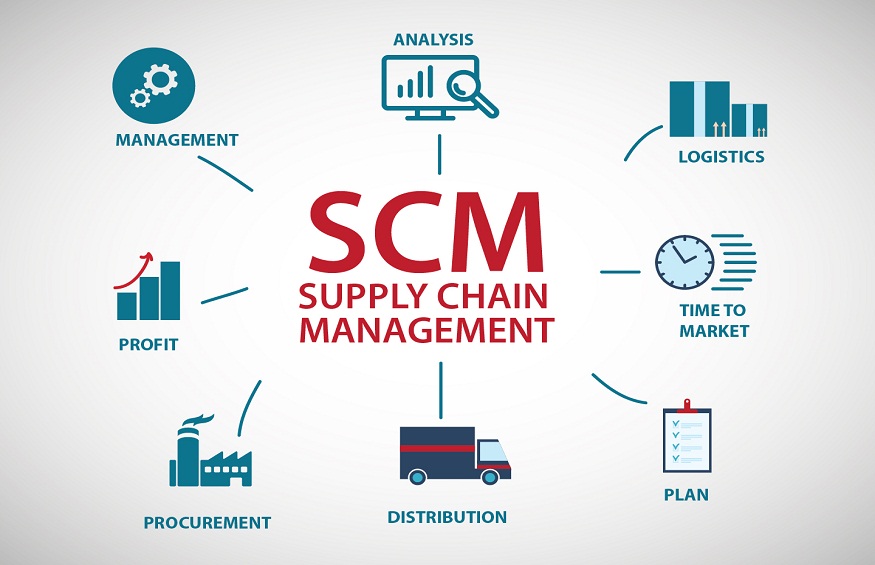Brexit, The US-China trade war, China-India border tensions and the Covid-19 pandemic have shifted the priorities of several supply chain businesses. There is a growing need to balance cost and operational efficiency in a volatile market.
According to a survey, only 21% of respondents said that they have a resilient supply chain today. This means that increasing resilience will be a priority for many to manage the turbulent times of the current crisis. A resilient supply chain network involves good visibility across the supply chain and the agility to shift sourcing, manufacturing and distribution activities in the wake of disruptions.
Most supply chain leaders recognise the need for becoming resilient is now more important than ever. A prime foundation to strengthen your supply chain network is a technology-driven supply chain management system. Click here to know how a dynamic supply chain ERP can help you gain a competitive edge.
The rebalancing of efficiency and resiliency involves investment in operational-improvement tools and strategies. Here are four strategies you can pursue to build greater resilience in your supply chain network:
Invest in Technology and Tools to Build an Agile Supply Chain
As companies adopt flexible sourcing and distribution strategies like shifting to suppliers that are closer to home, there is a need for a flexible SCM system to realign operations. Emerging technology, including cloud-based tools and ERP, will underpin the new era of resiliency.
It will help companies to choose from available courses of action amid an ever-changing market landscape. New technologies will also help connect people across supply networks virtually.
Accelerate Innovation
With unprecedented changes in the current market, it’s crucial to innovate and bring new products to market. This requires an integrated view of the product life cycle, right from ideation to commercialisation. Product development and supply chain should work hand in hand to explore how to source and build new products faster and efficiently.
After switching to a cloud-based ERP and supply chain, it can help companies innovate faster with ongoing access to fresh capabilities and quickly pivot or reconfigure manufacturing lines to manoeuvre past any barriers. View the key functionalities of an efficient SCM solution to know how it can drive innovation and productivity.
Gain 360-Degree Visibility
To seize opportunities and capitalise on trends, decisive action with rapid access to all information and insights in a unified system is essential. The singular source will enable planners with multi-tiered visibility to monitor the flow of goods and services between different stages of the supply chain.
This will also enable supply chain partners to work together with less friction and forge trust relationships. Newer supply chain applications take visibility a step further to provide a comprehensive view of the entire supply chain.
The benefits of building a resilient supply chain are substantial. Unforeseen disruptions in the wake of turbulent times can create great complexity for a business.
In such times it pays to rely on a dynamic SCM that can alter and adjust its positions with the changes in the market. Learn about how an upgrade to cloud-based ERP supply chain solution will help your distribution business cope in uncertain times.




